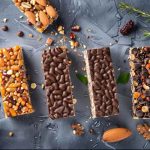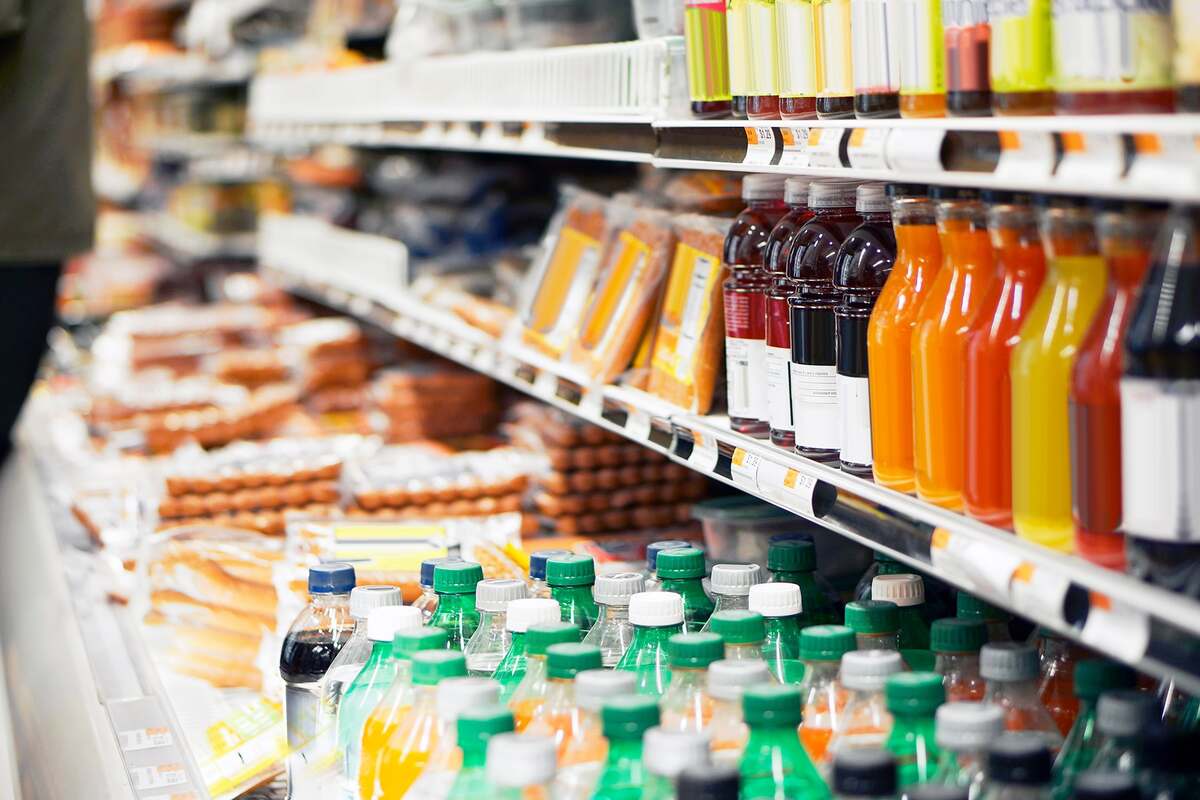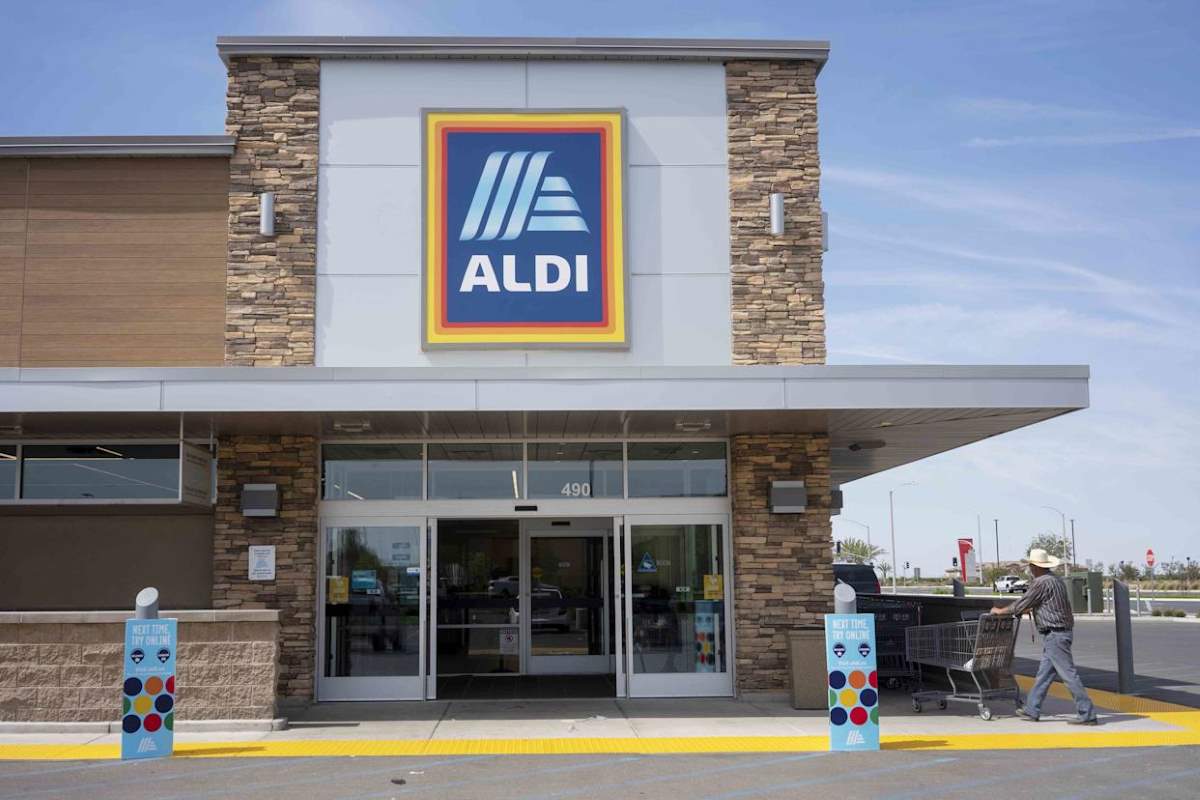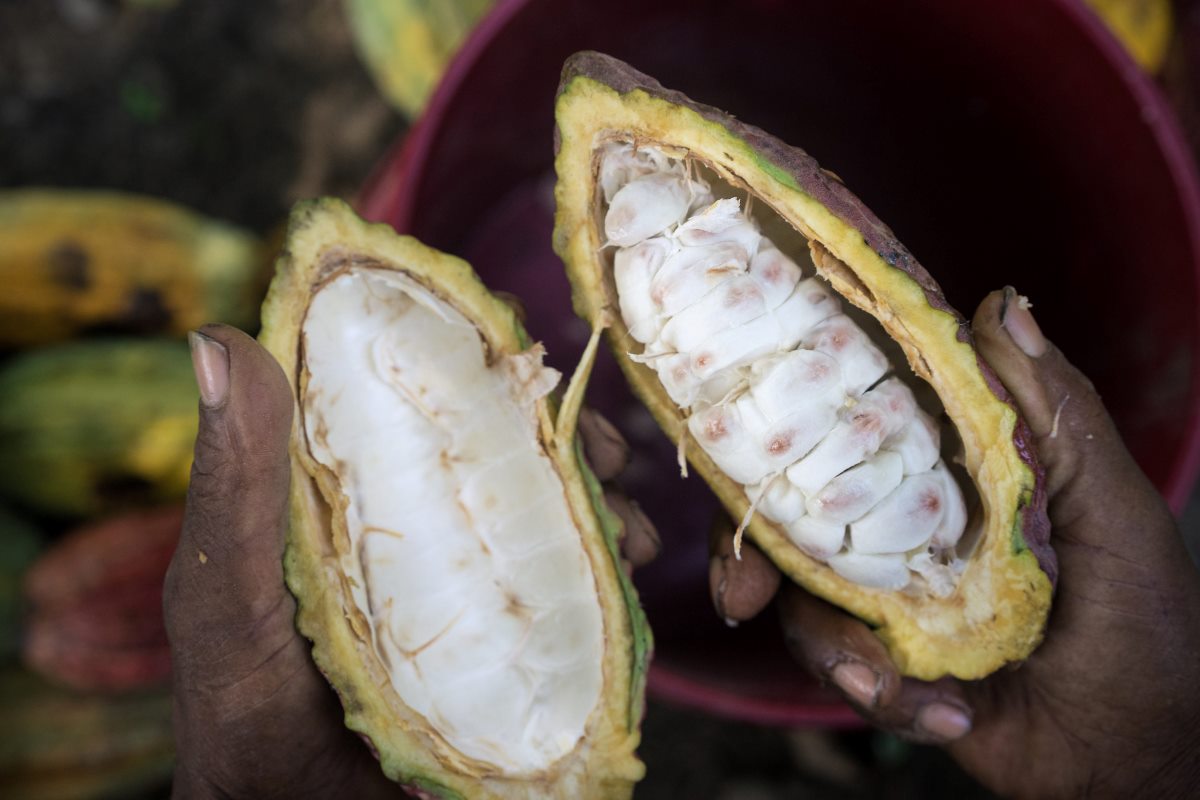Protein shakes have become wildly popular in recent years, a trend of functional beverages that even Starbucks has hopped on. From probiotic sodas, adaptogen beverages, energy drinks and rehydration electrolytes, these all have one thing in common: they’re beverages designed to confer specific health benefits.
There is no arguing that most beverages out there, even water, have some nutritional benefits. Albeit, functional drinks benefits transcend nutrition alone. Instead, they have been engineered to supply named health benefits.
This piece will break down the recent phenomenal boom in the health drinks market. It will also explain the economic potential of these beverage industry trends and why many multinational food chains are reaching for a slice of the pie.
What Are Functional Beverages?
Functional beverages are drinks that come with intentionally modified formulations that make them beneficial to the consumer’s health. Beyond the provision of hydration or basic nutrition, these branded healthy drink innovations often have some other health benefits. The benefits cited here could be improved immune function, digestion, microbiota, or even cognitive ability.
Packaged water infused with vitamins, kombucha, protein shakes, and CBD-infused drinks are all examples of wellness beverages. CBD-infused drinks are beverages like non-alcoholic spirits, mineral water, sodas, etc., that have a dosed amount of cannabidiol (CBD) added to them. Drinks containing CBD offer a non-intoxicating route to stress relief and relaxation.
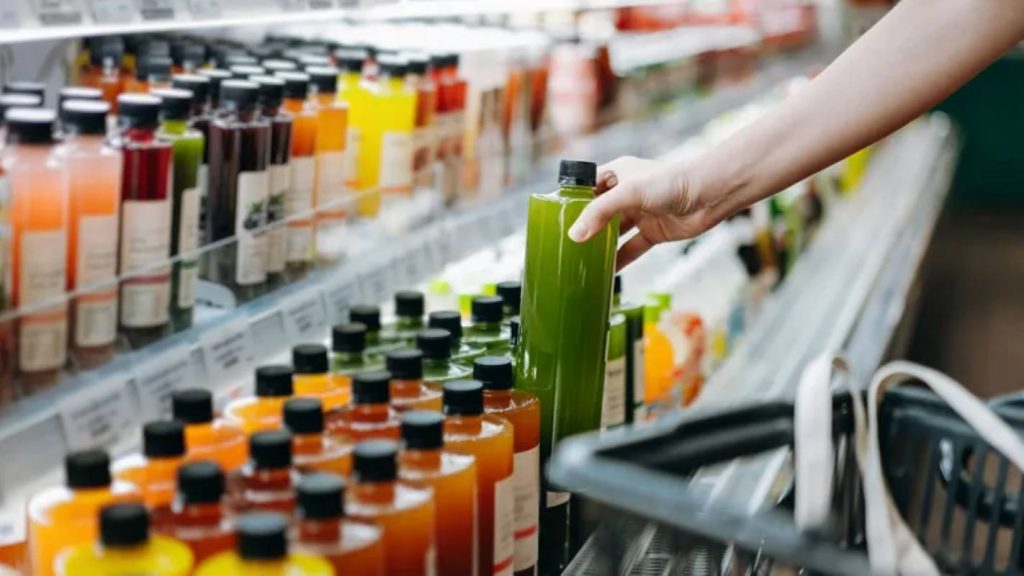
While coffee is a common beverage, it is being classified as a wellness drink in recent times, partly due to its dense supply of antioxidants. Coffee is likely to raise the question of what serves as a demarcating line between functional and regular beverages.
After considering all the products that fall under the wellness niche, it becomes obvious that a major feature distinguishes them from regular drinks. Regular beverages offer sensory experiences like hydration, taste and sometimes calories. In contrast, functional beverages come with at least one specific health benefit in addition to the listed hydro-sensory experiences.
Ingredients are another point of variation. Regular drinks often contain water, colorants, sweeteners, flavor, acidulants and stabilizers. In addition to different variations of the just listed ingredients, wellness beverages usually include electrolytes, nootropics, herbs, minerals, vitamins, or adaptogens.
ALSO READ: How Sugar Hijacks Your Brain — And Why You Keep Craving It
Market Growth Statistics for Wellness Beverages
According to Yahoo Finance, the 2024 valuation of the global functional beverages market was pegged at USD 131 billion. That same report predicts that the said industry will grow to USD 174 billion by 2030, bringing the annual growth rate (CAGR) to 4.86%.
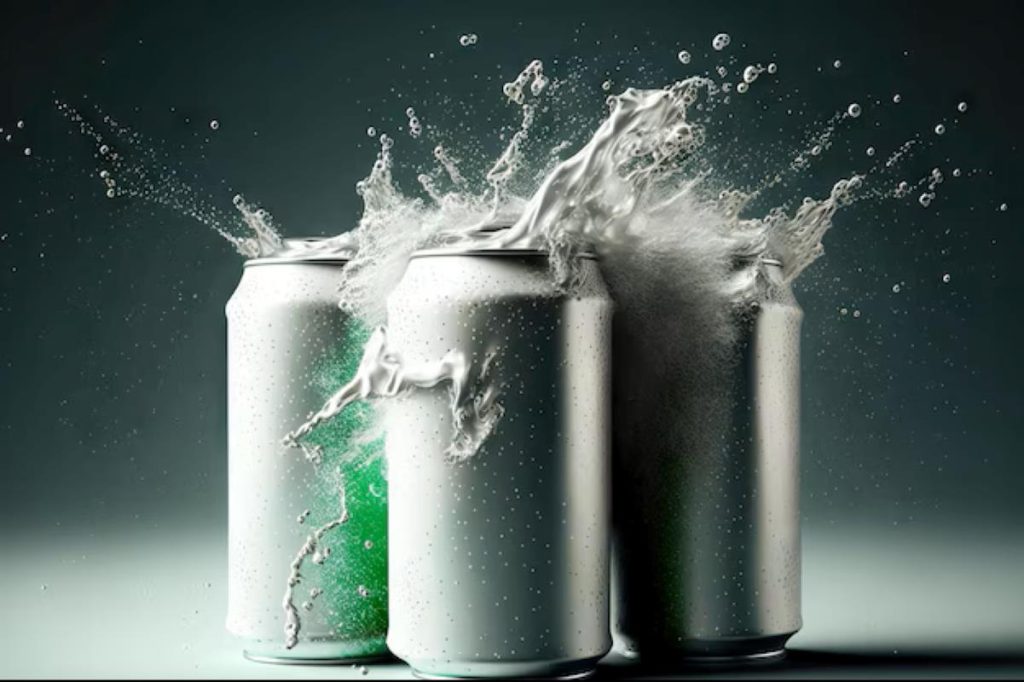
Financial research firms predict that recent prospecting moves by food chains will drive functional beverage industry growth. For example, Keurig Dr Pepper swooped in to acquire GHOST Lifestyle LLC in 2024. This is a signal that the multinational sees the energy drink niche as a profitable prospect. Likewise, the Coca-Cola Company hopped on the wellness drinks trend by unveiling Simple Pop in February 2025. The new product offers probiotic drink benefits with 6 grams fiber per serving and added nutrients that aid immune function.
So far, multinational food chains are eyeballing the wellness beverages market in the Asia-Pacific (APAC). Market surveys suggest that this region will experience the largest boom in demand for healthy drink innovations.
What are the Consumer Drivers of the Functional Beverage Industry Growth?
The recent pandemic was an epiphany of health consciousness for people globally. Social media suddenly became awash with wellness hacks, health and dietary tips that were previously seen as mundane. In summary, the awareness of the average human about personal health went through the roof after this period.
So, post-pandemic, the food industry caught the wave, providing functional beverages as one of the many health interventions.
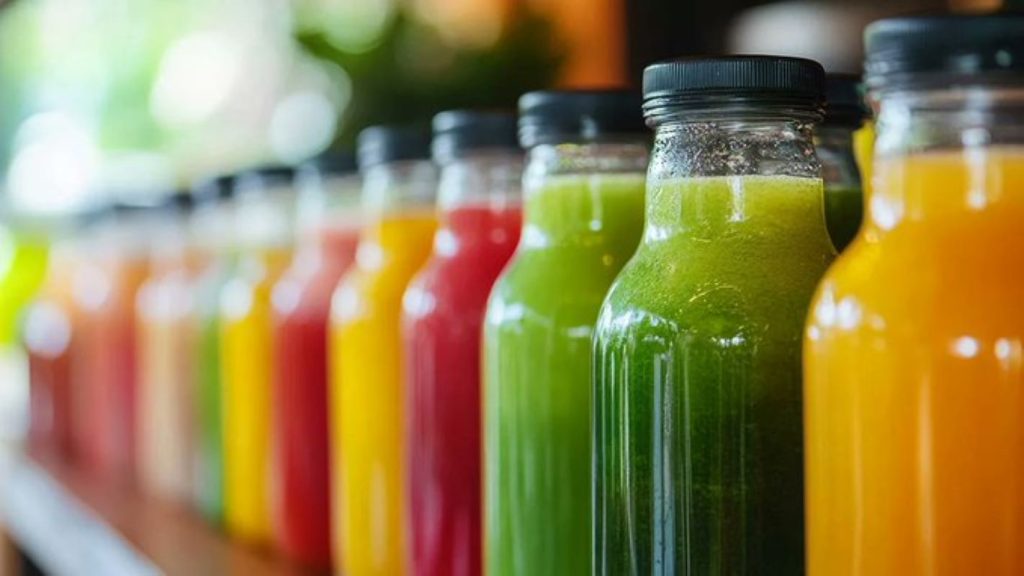
It would be unfair to rob social media and influencer marketing of their feathers in driving wellness drinks trends. Influencers had a lot of time to kill during the pandemic lockdown and were dishing out a steady stream of DIY kitchen hacks. However, now that folks are having to report back to the office, grabbing a pack of adaptogen beverages from the store is becoming more practical than experimenting with 100 DIY smoothie recipes.
Types of Functional Beverages
The wellness beverages industry is still quite fluid, meaning a lot of innovations are still ongoing. Nonetheless, we can categorize some of the established products into one of four functional beverage niches.
Hydration-Focused (Electrolyte Drinks)
This category of wellness beverages is designed to keep consumers hydrated and to provide energy for physical activities. The water coolers of athletes at sporting events are often stocked with this product category, which is usually rich in electrolytes.
Gut Health (Probiotics)
Most times, these are either fermented or plant-based products that are exceptionally rich in gut-friendly and live bacteria (probiotics). The top probiotic drink benefits that make this category of wellness beverage a top-seller are improved gut microbiota balance and, by extension, improved digestion and overall mood. Probiotics can improve your mood because the gut microbiome impacts mental health.
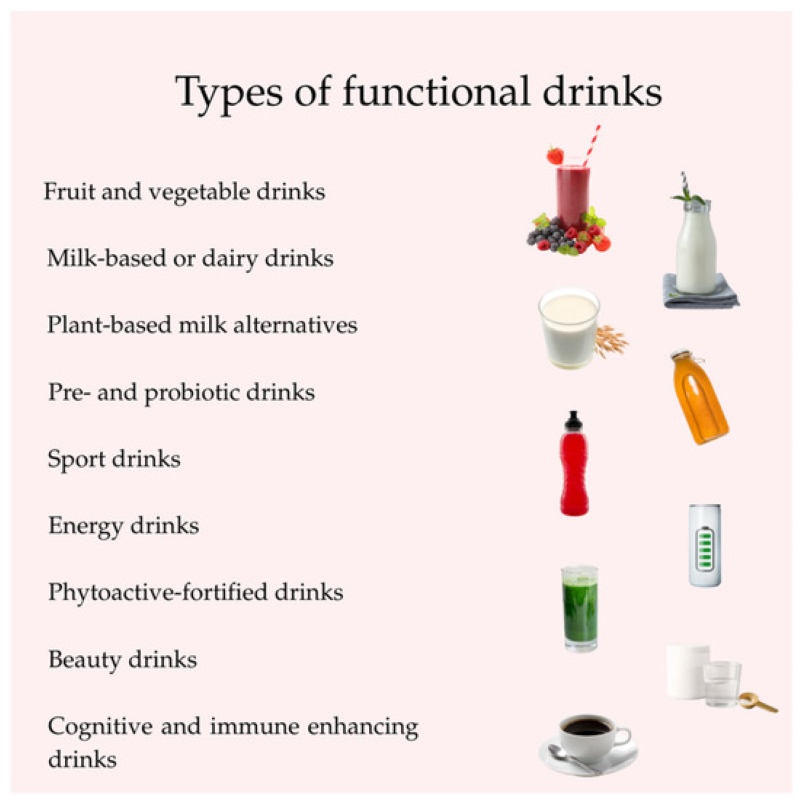
Cognitive Enhancement (Nootropics)
Nootropics are wellness beverages that improve the mental clarity and cognitive function of their consumers. To induce the spike in cognitive ability, plant extracts, or its isolates, containing ingredients like L-theanine are usually included in the formulation. The acclaimed plus of this category of functional beverages is that they come with minimal side effects, unlike psychedelics, which are often used for similar experiences.
Stress Relief (Adaptogens)
Wellness beverages that possess stress-relief properties often contain natural herbs or their extracts. An example of a common herb that often finds its way into such beverages is ginseng.
ALSO READ: DIY Pickling 101: The Science and Art Happening Inside the Jar
Challenges Facing the Wellness Beverage Market
Functional beverages are new arrivals on the global food and beverage turf. So, it may take a while for regulatory bodies to substantiate the health claims being touted by brands behind the products.
Another bottleneck is that many wellness beverages don’t taste like what they claim to do. There’s a prevalent expectation among consumers of beverages about what it should taste like. So, food brands may need to work with consumers’ feedback and iterate, or settle for plummeting sales. Manufacturers of functional beverages may need to mask questionable flavor and taste in the products by adding natural sweeteners and flavor enhancers.
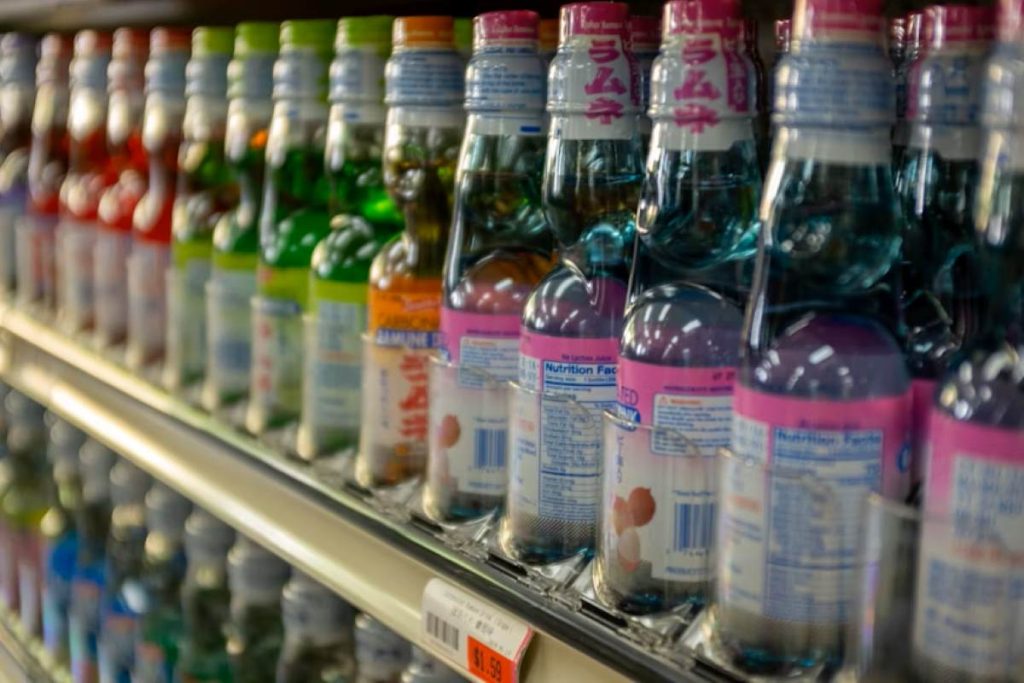
Finally, even for wellness beverages that have been scientifically proven and received regulatory approval as having a specific health benefit, some consumers may remain skeptical.
Wellness beverages are becoming ubiquitous because of their growing popularity. Celebrity brands and large food chains are taking advantage of the recent hike in health awareness to infiltrate the functional beverages market. As individual wellness goals and food innovations persist, this industry is bound to grow in the coming years.
The next time you reach for a drink, it might just come with a side of health benefits.





